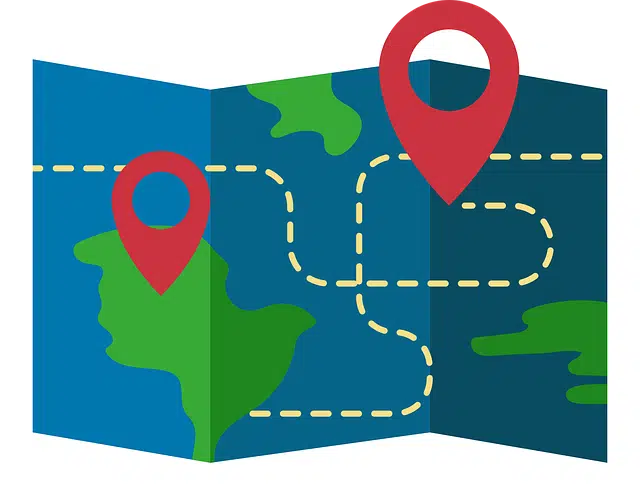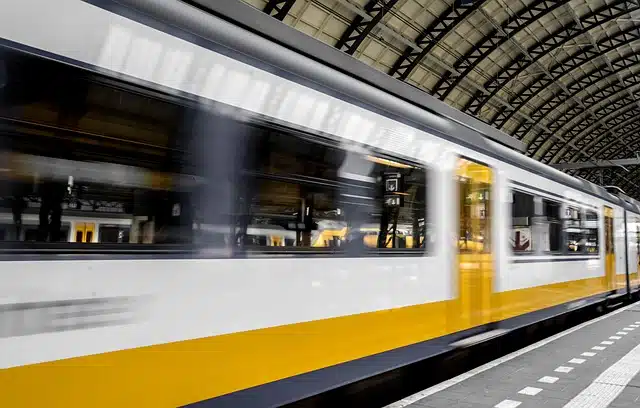
Route can be used as a synonym for itinerary.
Route is the action and effect of traveling (crossing a space , making a journey, recording carefully, reviewing). For example: “The philanthropist has traveled the entire world in search of donations for his foundation,” “I am happy to have traveled the distance in such a short time,” “After having traveled thousands of kilometers on his bicycle, the young man returned to his home in Uruguay.”
The term is also used to name the space that someone or something travels, has traveled or will travel : “On the way I ran into Juana: she sends you greetings and says she wants to see you,” “The bullet traveled two meters.” before hitting the victim” , “The ball found no opposition in its path and entered the goal” .
Another use of the concept refers to an itinerary or a route : “The competitors will only know the exact route of the race one day before the start,” “The route took the tennis player through Milan, Rome, Madrid and Lisbon without him having the opportunity to return to the country” , “I am happy because I have been assigned a new, much more interesting path at work” .
Public transport route
The means of public transport , for example, must respect a series of routes pre-established by their companies, and based on them each user chooses the one that best suits them in each case. Buses, trains and trams are three very common examples in many parts of the world, and each medium has different lines, each with its own particular route. It is worth mentioning that the origin and destination are relative, since cars usually go and return several times throughout a day; The time it takes each line to offer a new trip determines the frequency of its service.
In countries like Japan , especially in cities as important as Tokyo , there are public transport networks that cover a large number of important points, which offers an ideal solution to those who do not want or cannot travel with their own car. The secret is not found in the number of lines, but in the design of the routes, which resembles a spider web, which intelligently covers every corner of the map .

Public transport services have predetermined routes.
digital walk
The simulation that technology offers a person to get to know a place without actually being there is known as a virtual tour . These virtual tours feature spherical panoramic photographs, allowing the user to view a site in all directions by simply moving the mouse . The subject, therefore, can look to both sides, up and down, and move around the terrain as if he were physically present.
This application of virtual reality was very common in the mid- 90s for educational purposes: the Encarta Encyclopedia , for example, included in several of its versions a series of tours of places of historical and architectural interest. It is worth mentioning that this type of technology can be used to offer interactive trips (they allow the user to decide the direction, with certain restrictions) or pre-established trips (it is a pre-recorded video sequence that shows the visit without giving the possibility of altering it).
Tour as a life experience
In an abstract sense, we can speak of a journey to refer to the experiences lived in a particular fraction of time, or from someone's birth to the moment in which it is observed. This use is related to the term path , which is also associated with life , as well as others with a similar meaning.
A common way of understanding our time on Earth is to assume that we are in constant movement, that growth is synonymous with advancement; This, therefore, means that the life of each being marks a unique trajectory.
